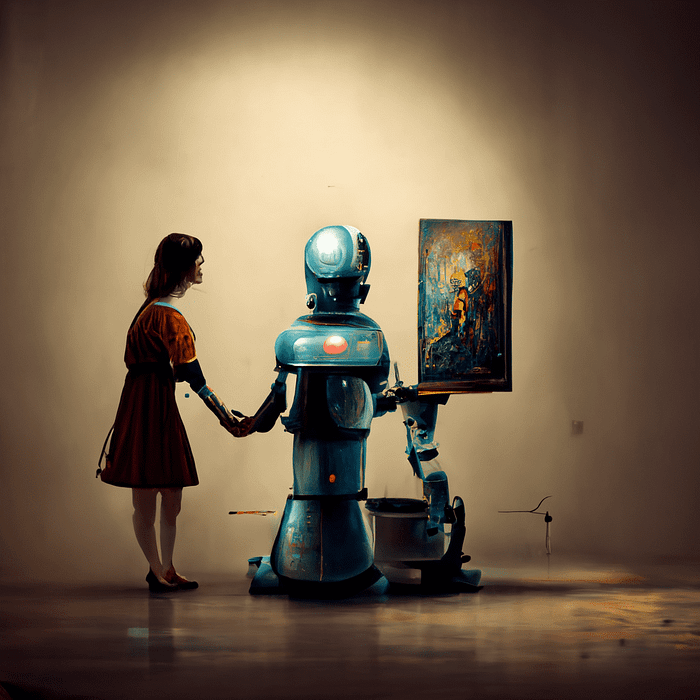
When we think of art and music, we often envision human beings expressing their emotions, experiences, and worldview. However, the digital age has introduced a new artist to the scene: Artificial Intelligence. Through the power of generative models, AI has begun to delve into the realms of artistry and creativity, challenging our traditional notions of these fields.
The Mechanics Behind the Magic
Generative models in AI are algorithms designed to produce data that resembles a given set. They can be trained on thousands of musical tracks or art pieces, learning the nuances, patterns, and structures inherent in them. Once trained, these models can generate new pieces, be it a melody or a painting, that are reminiscent of, but not identical to, the training data.
Painting Pixels: AI in Art
One of the most notable examples in the world of art is Google’s DeepDream. Initially intended to help researchers visualize the workings of neural networks, DeepDream modifies images in unique ways, producing dreamlike (and sometimes nightmarish) alterations.
Another project, the Neural Style Transfer, allows the characteristics of one image (the “style”) to be transferred to another. This means that you can have your photograph reimagined in the style of Van Gogh, Picasso, or any other artist.
These technologies don’t just stop at replication. Platforms like DALL·E by OpenAI demonstrate the capability to produce entirely new, original artworks based on textual prompts, showcasing creativity previously thought exclusive to humans.
Striking a Chord: AI in Music
In the realm of music, AI’s contribution has been equally groundbreaking. OpenAI’s MuseNet can generate compositions in various styles, from classical to pop, after being trained on a vast dataset of songs.
Other tools, like AIVA (Artificial Intelligence Virtual Artist), can compose symphonic pieces used in soundtracks for films, advertisements, and games. What’s fascinating is that these compositions aren’t mere replications but entirely new pieces, bearing the “influence” of classical maestros like Mozart or Beethoven.
The Implications and the Future
With AI’s foray into art and music, a slew of questions arises. Does AI-created art lack the “soul” and “emotion” of human-made art? Can we consider AI as artists, or are they just sophisticated tools? These are philosophical debates that might not have clear answers.
However, from a practical standpoint, AI offers artists and musicians a new set of tools to augment their creativity. Collaborations between human and machine can lead to entirely new genres and forms of expression.
The intersection of AI and artistry is a testament to the incredible advancements in technology. While AI may not replace human artists, it certainly has carved a niche for itself in the vast and diverse world of art and music. As generative models continue to evolve, the line between human-made and AI-generated art will blur, leading to an enriched tapestry of creativity.
Lyron Foster is a Hawai’i based African American Author, Musician, Actor, Blogger, Philanthropist and Multinational Serial Tech Entrepreneur.

